Registered Retirement Savings Plan (RRSP) season is here once again. Are you using the opportunities presented by the RRSP to their best benefit? Beyond fully contributing to the RRSP to maximize the tax-savings opportunity today and the potential for tax-deferred growth in the future, here are five other considerations:
- Consider the timing of deductions and contributions. With any RRSP contribution, you’re entitled to a tax deduction for the amount contributed so long as it is within the contribution limit. Keep in mind that you don’t have to claim the tax deduction in the year that the RRSP contribution is made. You can carry it forward if you expect income to be higher in future years such that you may be put in a higher tax bracket, potentially generating greater tax savings for a future year. By making contributions at the beginning of the tax year or throughout the year instead of waiting until February 29th for a deduction for the previous year, you may benefit from the longer time period for tax-deferred growth.
- Don’t overlook the benefits of a spousal RRSP — If you have a spouse (common-law partner) in a lower-tax bracket,
contributing to a spousal RRSP can help build your spouse’s retirement nest egg and lower the amount of tax you pay collectively. When you contribute on behalf of your spouse, you will receive the tax deduction. If you are in a higher tax bracket, the tax benefit will be greater than if your spouse contributed to his/her own RRSP. There may also be a tax break, down the road, when your spouse withdraws funds and you remain in a higher tax bracket than your spouse. While there may be noteworthy income-splitting benefits to a spousal RRSP, keep in mind that the RRSP is intended to be a long-term retirement savings vehicle. As such, a withdrawal within three years of a contribution to a spousal RRSP may be included in your taxable income rather than your spouse’s. If you are working past age 71 and have a younger spouse, you can no longer hold your own RRSP after the year you turn 71 but you can still make a contribution to a spousal RRSP as long as your spouse is age 71 or less at year end and you have RRSP contribution room. This may be a good way to get a deduction and shift income to a spouse.
- Consolidate multiple RRSP accounts. For many individuals, having multiple RRSP accounts isn’t uncommon. Scattered accounts can accumulate over time: you may have had an employer-sponsored account or opened a self-directed RRSP during different points of your life. However, there may be benefit in consolidation. One reason is to avoid having orphan accounts, such as a lost employer-sponsored account that is forgotten after a move of residence. Multiple accounts can also result in unnecessary complications such as failing to maintain a productive asset mix. Consolidation has the potential to improve performance, simplify administration and potentially reduce fees.
- Don’t make unnecessary RRSP withdrawals.
Consider the implications of making taxable withdrawals from the RRSP to pay down short-term debt. You may be paying more tax on the RRSP withdrawal than you’ll save in interest costs. In addition, once you make a withdrawal from the RRSP, you won’t be able to get back the valuable contribution room. There may be better options, such as withdrawing from a Tax-Free Savings Account (TFSA) — as contribution room resets itself in the following calendar year.
- As you approach retirement, consider drawing down the RRSP and funding a TFSA. If you are approaching retirement, there may be benefit in gradually drawing down RRSP funds. This may be useful if an individual is currently in a lower tax bracket than they expect to be in future years. Other individuals may seek to limit future sources of taxable income in order to minimize the possible clawback of income-tested government programs such as Old Age Security. One strategy may be to use these RRSP withdrawals to fund TFSA contributions, assuming available contribution room. With the growth of investments in the TFSA, there may be greater flexibility in the future to receive TFSA withdrawals tax free as needed; by contrast, the RRSP would generally be converted to a Registered Retirement Income Fund (RRIF), which requires minimum annual amounts to be withdrawn and included in taxable income. At death, funds remaining in a TFSA can pass tax free to heirs, as opposed to residual RRSP or RRIF funds that are subject to tax, potentially at high marginal tax rates.
Reminder:
The RRSP contribution deadline is February 29th, 2024, for the 2023 tax year. Contributions are limited to 18 percent of the previous year’s earned income, to a maximum of $30,780 (for the 2023 tax year). Don’t overlook the opportunity for tax-deferred growth!
Disclaimers
Echelon Wealth Partners Inc.
The opinions expressed in this report are the opinions of the author and readers should not assume they reflect the opinions or recommendations of Echelon Wealth Partners Inc. or its affiliates. Assumptions, opinions and estimates constitute the author's judgment as of the date of this material and are subject to change without notice. We do not warrant the completeness or accuracy of this material, and it should not be relied upon as such. Before acting on any recommendation, you should consider whether it is suitable for your particular circumstances and, if necessary, seek professional advice. Past performance is not indicative of future results. The comments contained herein are general in nature and are not intended to be, nor should be
construed to be, legal or tax advice to any particular individual. Accordingly, individuals should consult their own legal or tax advisors for advice with respect to the tax consequences to them.
Forward Looking Statements
Forward-looking statements are based on current expectations, estimates, forecasts and projections based on beliefs and assumptions made by author. These statements involve risks and uncertainties and are not guarantees of future performance or results and no assurance can be given that these estimates and expectations will prove to have been correct, and actual outcomes and results may differ materially from what is expressed, implied or projected in such forward-looking statements. Assumptions, opinions and estimates constitute the author’s judgment as of the date of this material and are subject to change without notice. Neither Purpose Investments nor Echelon Partners warrant the completeness or accuracy of this material, and it should not be relied upon as such. Before acting on any recommendation, you should consider whether it is suitable for your particular circumstances and, if necessary, seek professional advice. Past performance is not indicative of future results. These estimates and expectations involve risks and uncertainties and are not guarantees of future performance or results and no assurance can be given that these estimates and expectations will prove to have been correct, and actual outcomes and results may differ materially from what is expressed, implied or projected in such forward-looking statements. Unless required by applicable law, it is not undertaken, and specifically disclaimed, that there is any intention or obligation to update or revise the forward-looking statements, whether as a result of new information, future events or otherwise. Before acting on any recommendation, you should consider whether it is suitable for your particular circumstances and, if necessary, seek professional advice.




